1st state record Winter Wren in Grove Creek Canyon
This bird was unofficially my 402nd species for Utah, and strangely it didn't leave me in wonderment like so many others have. I was more excited about birds that are way more common in the following days.
After the wren we hopped back on the highway and sped south arriving in St. George for the night. We made our way in the dark onto the Beaver Dam slope, setting up camp on a flat patch of dirt I refer to as the middle of nowhere. It was around 36 degrees when we arrived and instead of tents, just threw our bags out next to the truck, the way birding and camping in February in Utah should be.
Camping in the middle of no where!
It did get cold but the night passed quickly, with a GREAT HORNED OWL piping up around 5:00am. After that I passed back out only to be awakened just after 7:00am by Jeff screaming, "Tim Get Up! Get Up!" Startled and half asleep I came to as Jeff pointed skyward and yelled, "SNOW GEESE!" As we watched and listened, 3 flocks totaling almost 500 birds passed over the Mojave Desert, barren and void of places for the birds to stop--it was surreal seeing these white geese in this place.
Sunrise on the East Mormon Mountains in Nevada
We got rolling and headed across the slope. A pair of BREWER'S SPARROW crossed the road at our first stop, followed by a ROCK WREN. Few other birds were active in the shadows and cold. A flock of PINYON JAYS working through the Joshua Trees was a nice sight.
Pinyon Jay perched on a Joshua Tree
As we came to the edge of the wash the ever powerful view of the ranch got me excited for the birding to come--way more than that Wren the day before--it was the desert in February and it was coming alive. At the ranch we picked up our first WESTERN BLUEBIRDS and VERDIN. White-crowned Sparrow were chattering. A sapsucker could be heard drumming from nearby. BEWICK'S WREN were hastily scolding from the creosotes. The sun was now warming things up and I could sense we were in for some good birds.
Always love the first look at Lytle Ranch Preserve
As we approached the camping area and small orchard a HARRIS'S SPARROW popped up right in front of us. A moment later we had 2 and were elated at how easy they came into view. They provided excellent photo ops in great light as well.
1 of 3 Harris's Sparrows seen on the trip
Heading into the trees towards the main orchard Jeff found the YELLOW-BELLIED SAPSUCKER which also provided excellent looks.
Yellow-bellied Sapsucker at Lytle Ranch
This male Anna's Hummingbird came back twice to pose
Back near the houses we got short looks at an early female COSTA'S HUMMINGBIRD. We split up for a little and I came across the WHITE-THROATED SPARROW previously reported in the small orchard. The birds were in a cooperative mood today.
1 of 2 White-throated Sparrows at Lytle Ranch
We crossed Beaver Dam Creek to check the trees south of the river where a nice flock of warblers was moving through the trees. 2 ORANGE-CROWNED WARBLERS were mixed in with the more common Yellow-rumped. We headed back to St. George stopping at Ivins where there was a smattering of waterfowl, and where the wind had picked up making it difficult to want to scope the water. We tried for the Vermilion Flycatchers in Santa Clara but came up empty handed. WILSON'S SNIPE and KILLDEER were a consolation, along with 2 arriving NORTHERN ROUGH-WINGED SWALLOWS. A MUTE SWAN could be seen down river, and Jeff picked up Marsh Wren as well.
Mute Swan hiding along the Santa Clara River
Tonaquint Park produced the usual ABERT'S TOWHEES and had a more than cooperative CANVASBACK and several RING-NECKED DUCKS for photography.
Super photogenic Canvasback at Tonaquint Park
This Peregrine Falcon was 1 of 4 falcon species seen in 4 minutes!
As we passed over the Virgin River into Washington City I noticed what looked like some Hooded Mergansers on the public fishing pond there, but wasn't able to stop. So instead we pulled into the turn around at the tiny pond I have always called Washington Fields Pond to the southwest side of Washington Fields Road at 840 south. As we turned around Jeff spotted a Cormorant so we hopped out to see what else was there. As we walked towards the bird and I got a good look I hollered to him that it was a NEOTROPIC CORMORANT!
First reported Neotropic Cormorant of the year in Utah
Hooded Mergansers in the Washington Fields
Wanting to maximize the daylight we had, we headed back through St. Goeorge towards Santa Clara. Along the way we saw about 50 GREAT-TAILED GRACKLE eating out a In-n-Out Burger. We headed to Stonebridge Golf Course where a tip on a GREATER WHITE-FRONTED GOOSE led to great looks.
Greater White-fronted Goose at Stonebridge Golf Course
We finished off the birding for the day at Entrada Golf Course where the continuing ROSS'S GOOSE (potential cannon fodder for a big day again too) was--as well as a few HOODED MERGANSER and a GREAT EGRET. Before heading back out to the slope we stopped at IRMITA's on St. George Boulevard for some delicious, greasy, and most importantly hot Mexican food. The Carne Asada was warmed my soul, before the the icy winter night would take it out of me. Back on the slope the wind made the already cold temps feel even colder. We camped out again, and the 2nd night definitely felt colder than the first!
Sunrise over the Beaver Dam Mountains
Sunday morning started in the same fashion as Saturday--minus the yelling and the geese, and the jays. This time we added MOUNTAIN BLUEBIRD going across the slope. The ranch was in a similar state of affair from the previous day. We only snagged one Harris's this go around but did find 2 different WHITE-THROATED SPARROWS. We picked up GAMBEL'S QUAIL which evaded us the previous day, and I found a lone HERMIT THRUSH in the small orchard.
A Hermit Thrush in the small orchard at Lytle Ranch
The wind made the birding brutal and most of our stops were more frustrating than enjoyable. We put almost an hour in looking for the Vermilion Flycatchers again--and again had no luck. We did find a FOY CINNAMON TEAL mixed with a flock of Green-winged. We again spent some time in the Washington Fields, and drove Washington Dam Road over to Sand Hollow. The birds were sparse but the view was amazing.
Blue, White, Red, Orange, Green, Purple--Washington County...
Sand Hollow was riddled with white caps--and few birds. The SR-9 Sewage Ponds have a nice flock of 35 DOUBLE-CRESTED CORMORANT, and we couldn't turn up anything in Zion'ss Gate or the surrounding neighborhoods that resembled an Inca Dove. And aside from the flock of Ring-billed Gull at Stratton Pond, the most interesting sighting there were the polygamists in full garb--gotta love Utah!
We made one last ditch stop at Quail Creek to add WESTERN GREBE for the weekend before hopping on I-15 and heading north. The drive back was raptor filled. We had a ROUGH-LEGGED HAWK at mile marked 40 just inside Washington County. I think this was only the 2nd Roughie I have had in Washignton County, although there appear to be dozen of reports in eBird. By drives end I think we had about 40 Red-tailed Hawk 5 BALD EAGLE, a GREAT HORNED OWL form Fillmore, and a couple Northern Harriers. The last bird of the trip was one of the continuing dark MERLIN at 1300 East and 9400 south in Sandy.
We recorded 101 species from Salt Lake, Utah, Juab, Millard, Beaver, Iron, and Washington County--not a bad weekend in February! A link to my gallery with more shots is here:
http://www.timaverybirding.com/photos/thumbnails.php?album=lastup&cat=0
A complete list of birds seen follows:
#################################
ALL CAPS BOLD - notable
* - occasional
** - accidental
#################################
GREATER WHITE-FRONTED GOOSE
SNOW GOOSE
ROSS'S GOOSE
Canada Goose
Mute Swan
Gadwall
American Wigeon
Mallard
CINNAMON TEAL
Northern Shoveler
Green-winged Teal
Canvasback
Ring-necked Duck
GREATER SCAUP
Lesser Scaup
Bufflehead
Common Goldeneye
HOODED MERGANSER
Common Merganser
Ruddy Duck
Gambel's Quail
Ring-necked Pheasant
Pied-billed Grebe
Western Grebe
NEOTROPIC CORMORANT*
Double-crested Cormorant
Great Blue Heron
Great Egret
Golden Eagle
Northern Harrier
Cooper's Hawk
Bald Eagle
Red-tailed Hawk
Ferruginous Hawk
Rough-legged Hawk
American Coot
Killdeer
Wilson's Snipe
Ring-billed Gull
Rock Pigeon
Eurasian Collared-Dove
Mourning Dove
Great Horned Owl
ANNA'S HUMMINGBIRD
COSTA'S HUMMINGBIRD
YELLOW-BELLIED SAPSUCKER*
Red-naped Sapsucker
Ladder-backed Woodpecker
Northern Flicker
American Kestrel
Merlin
Peregrine Falcon
Prairie Falcon
Black Phoebe
Say's Phoebe
Loggerhead Shrike
PINYON JAY
Black-billed Magpie
Common Raven
NORTHERN ROUGH-WINGED SWALLOW
Black-capped Chickadee
Verdin
Bushtit
Rock Wren
WINTER WREN**
Bewick's Wren
Cactus Wren
BLACK-TAILED GNATCATCHER
Ruby-crowned Kinglet
Western Bluebird
Mountain Bluebird
Townsend's Solitaire
HERMIT THRUSH
American Robin
Northern Mockingbird
European Starling
American Pipit
Phainopepla
Orange-crowned Warbler
Yellow-rumped Warbler
Spotted Towhee
Abert's Towhee
CHIPPING SPARROW
BREWER'S SPARROW
Vesper Sparrow
Black-throated Sparrow
Savannah Sparrow
Song Sparrow
Lincoln's Sparrow
WHITE-THROATED SPARROW
HARRIS'S SPARROW
White-crowned Sparrow
Dark-eyed Junco
Red-winged Blackbird
Western Meadowlark
Brewer's Blackbird
Great-tailed Grackle
Brown-headed Cowbird
House Finch
Lesser Goldfinch
House Sparrow
Labels: listing, trip reports, washington county
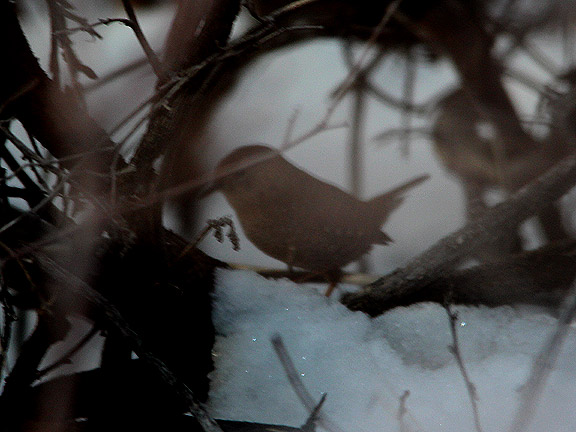





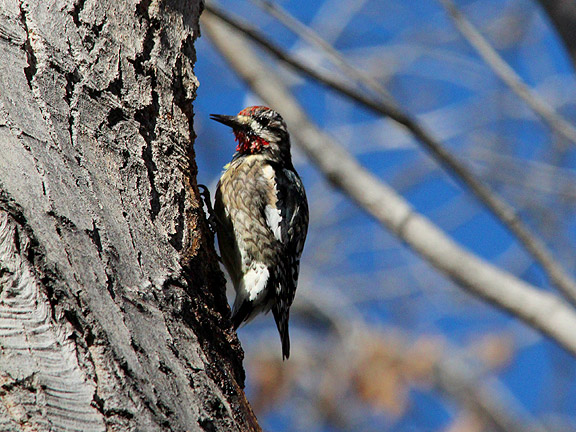
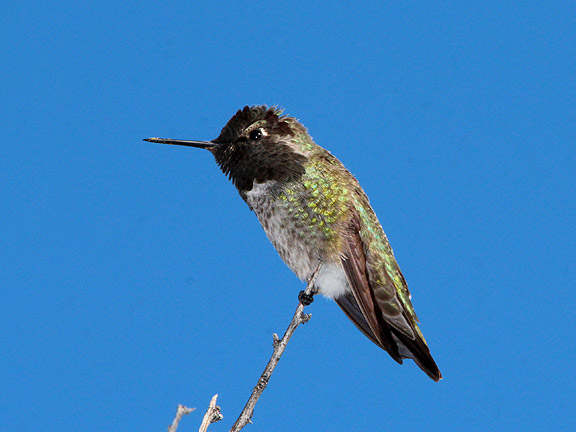
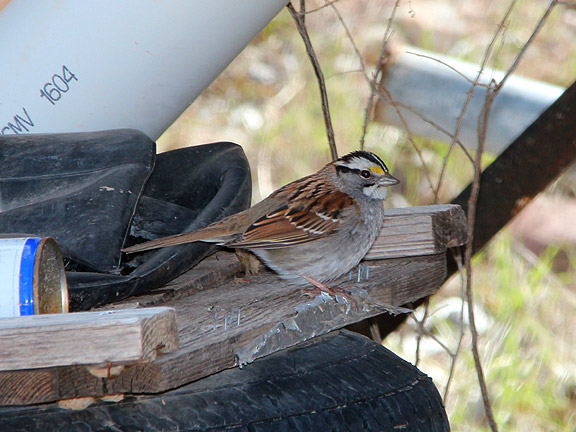
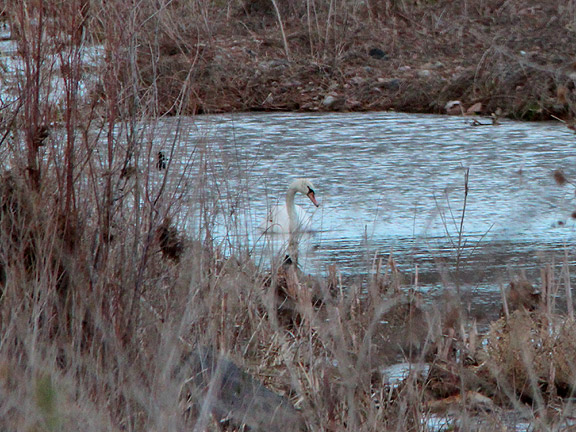
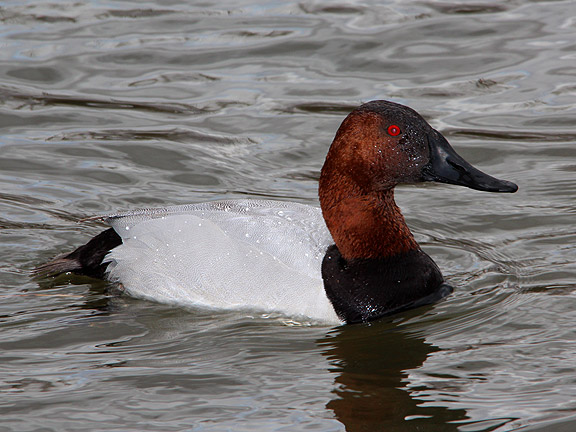


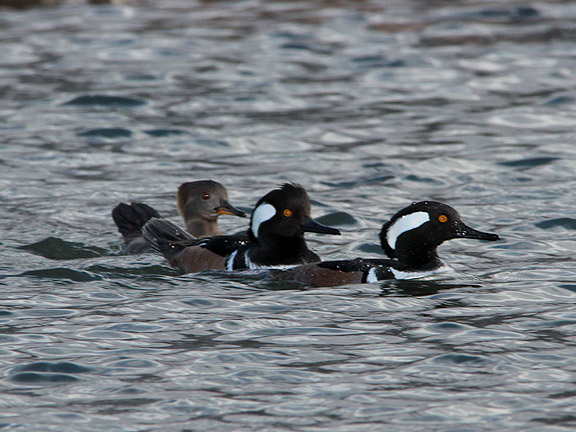
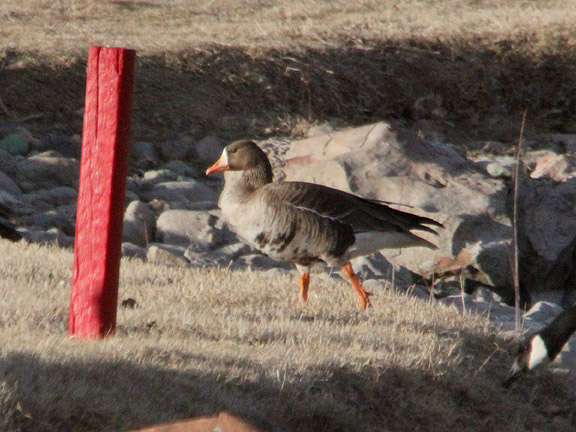
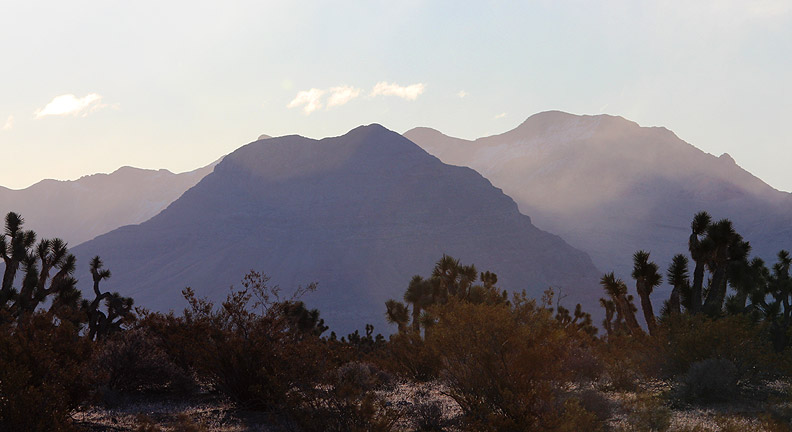
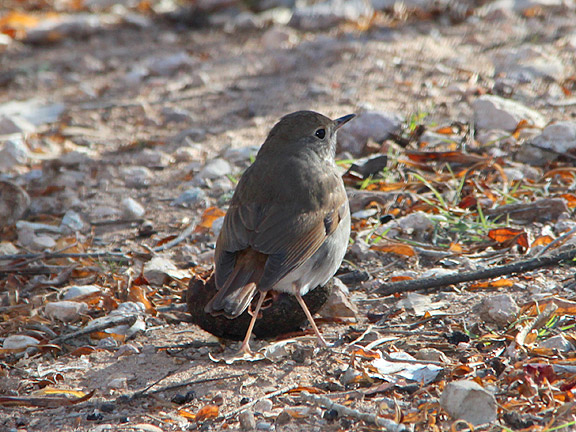
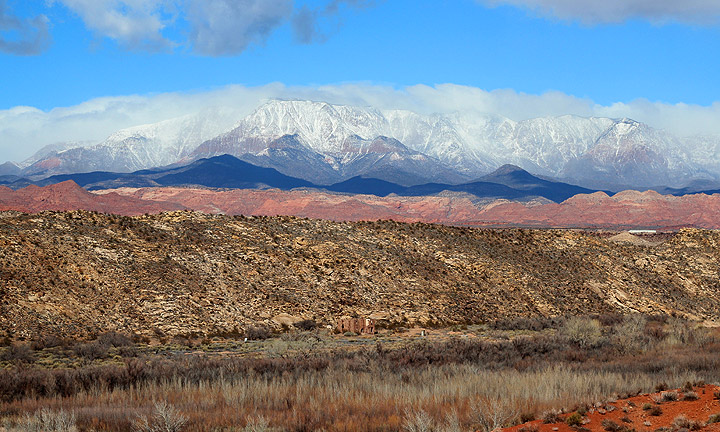

3 Comments:
So jealous... I need to get down there.
It was fun getting to compare and contrast our trips that were one week apart. Nice shots as always.
@Sarah: It's a great time of year in Washington County. In the next couple weeks the early breeders like Common Black-Hawk, Lucy's Warbler, and Costa's Hummingbird will be back.
@Kenny: Thanks on the pics! I know--it would be awesome to have a bunch of people plan trips a week apart from the beginning of the year through May and run the same route each trip. Then compare and see how things change week to week.
Post a Comment
Subscribe to Post Comments [Atom]
<< Back to Previous